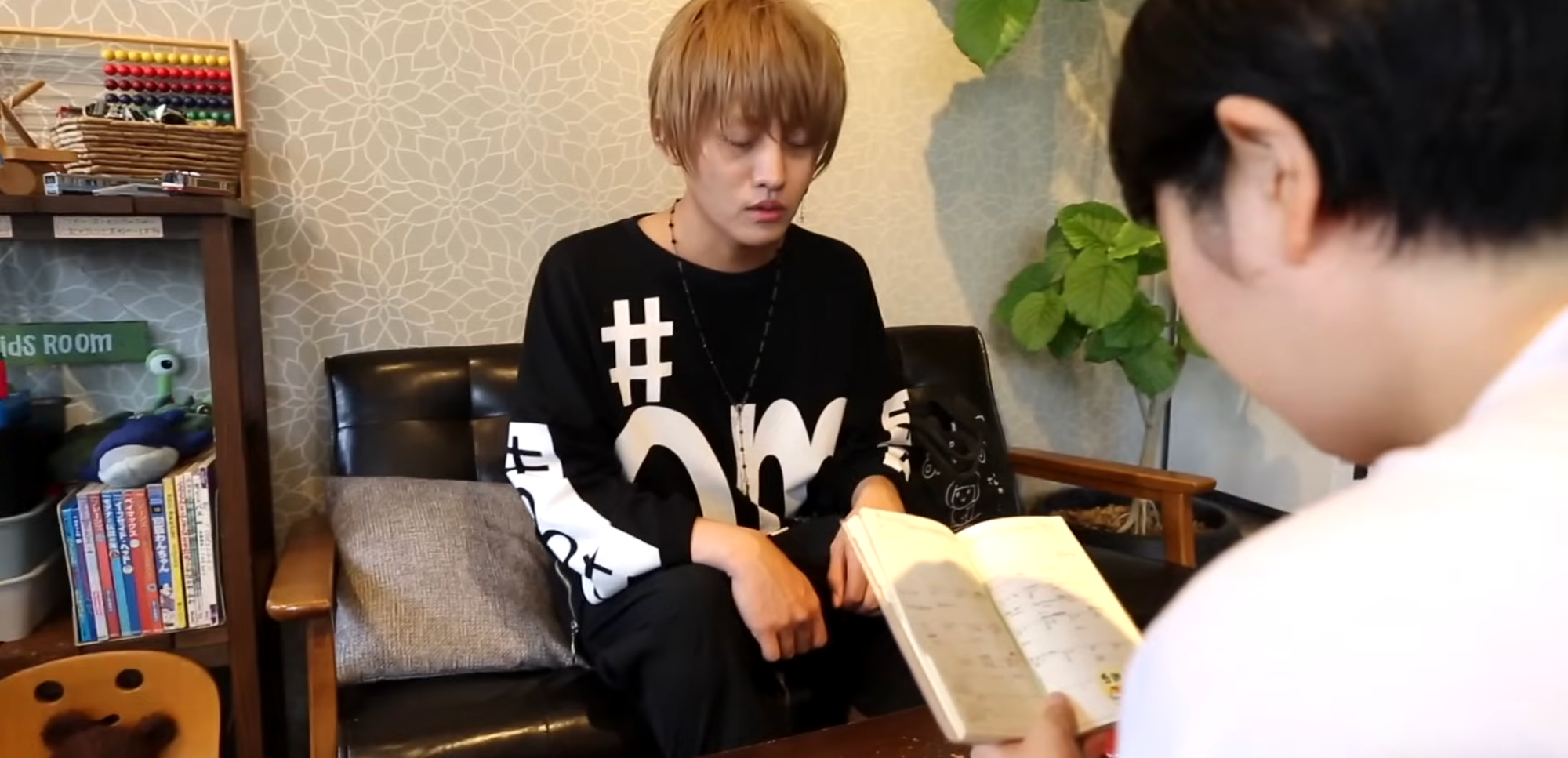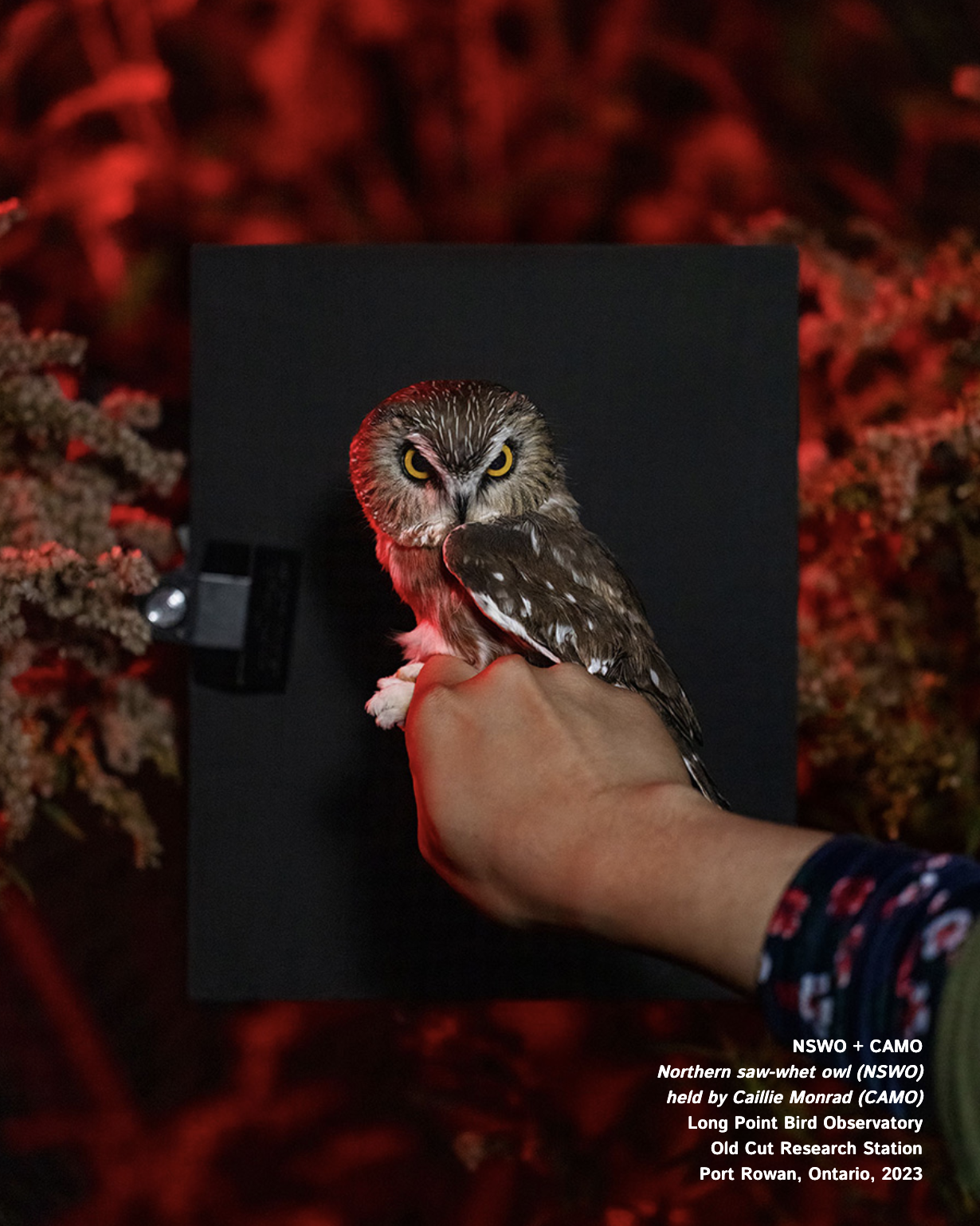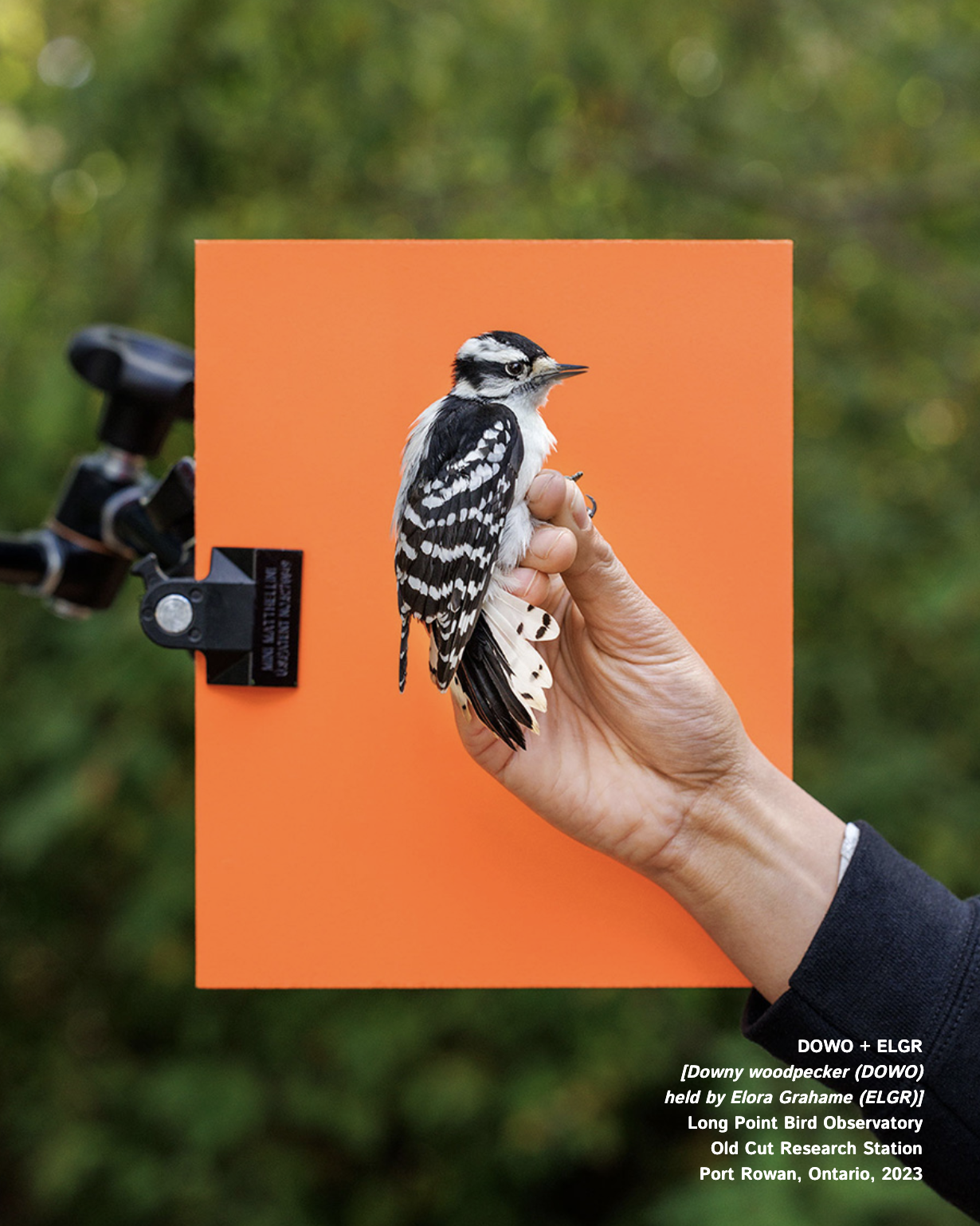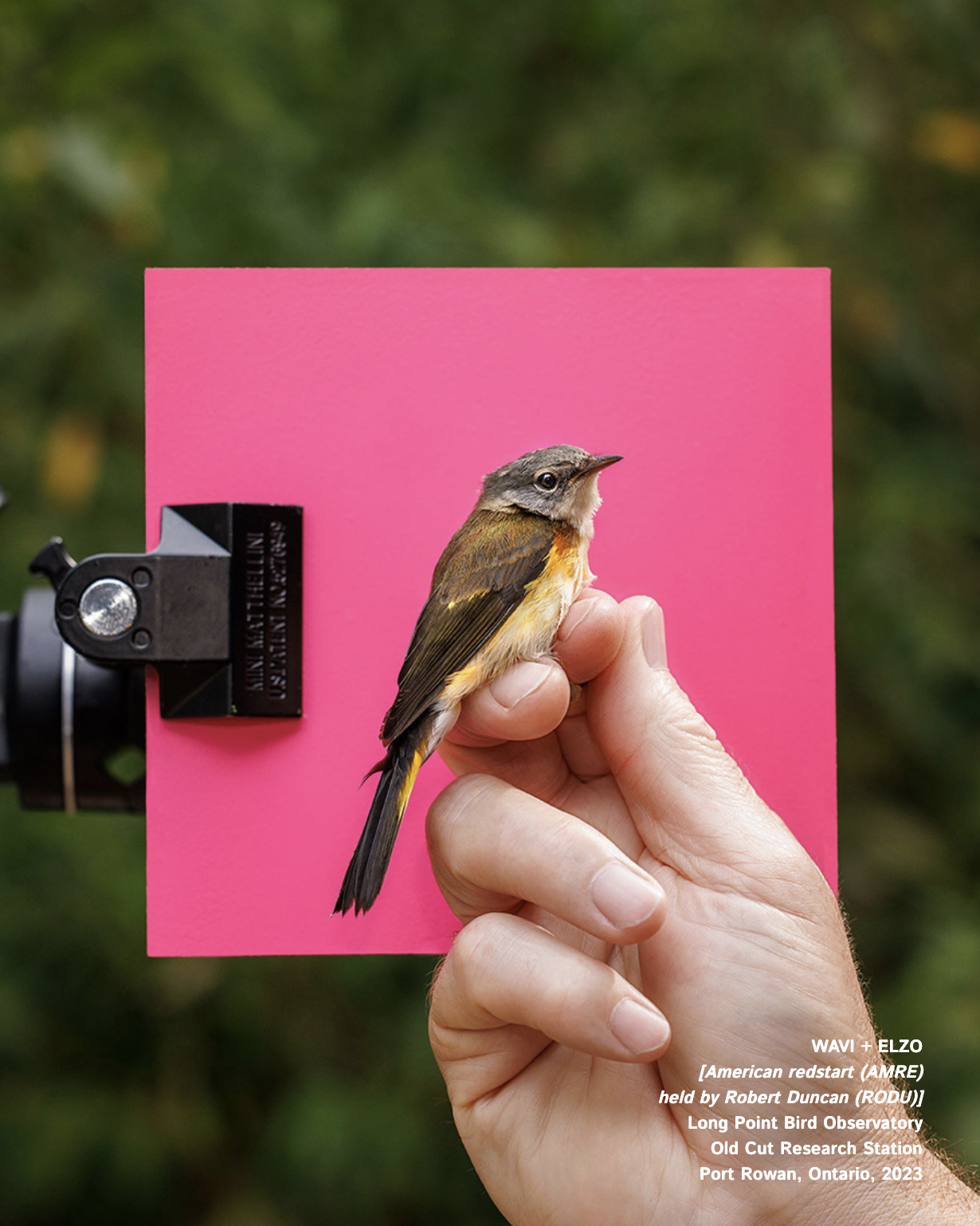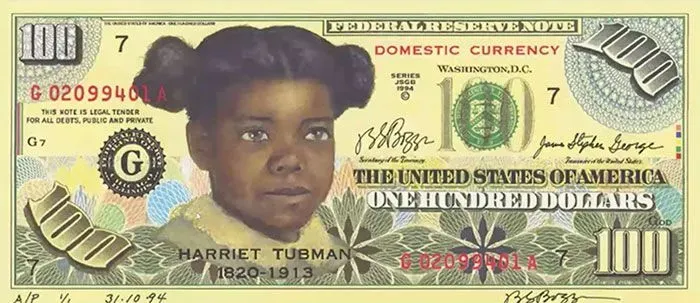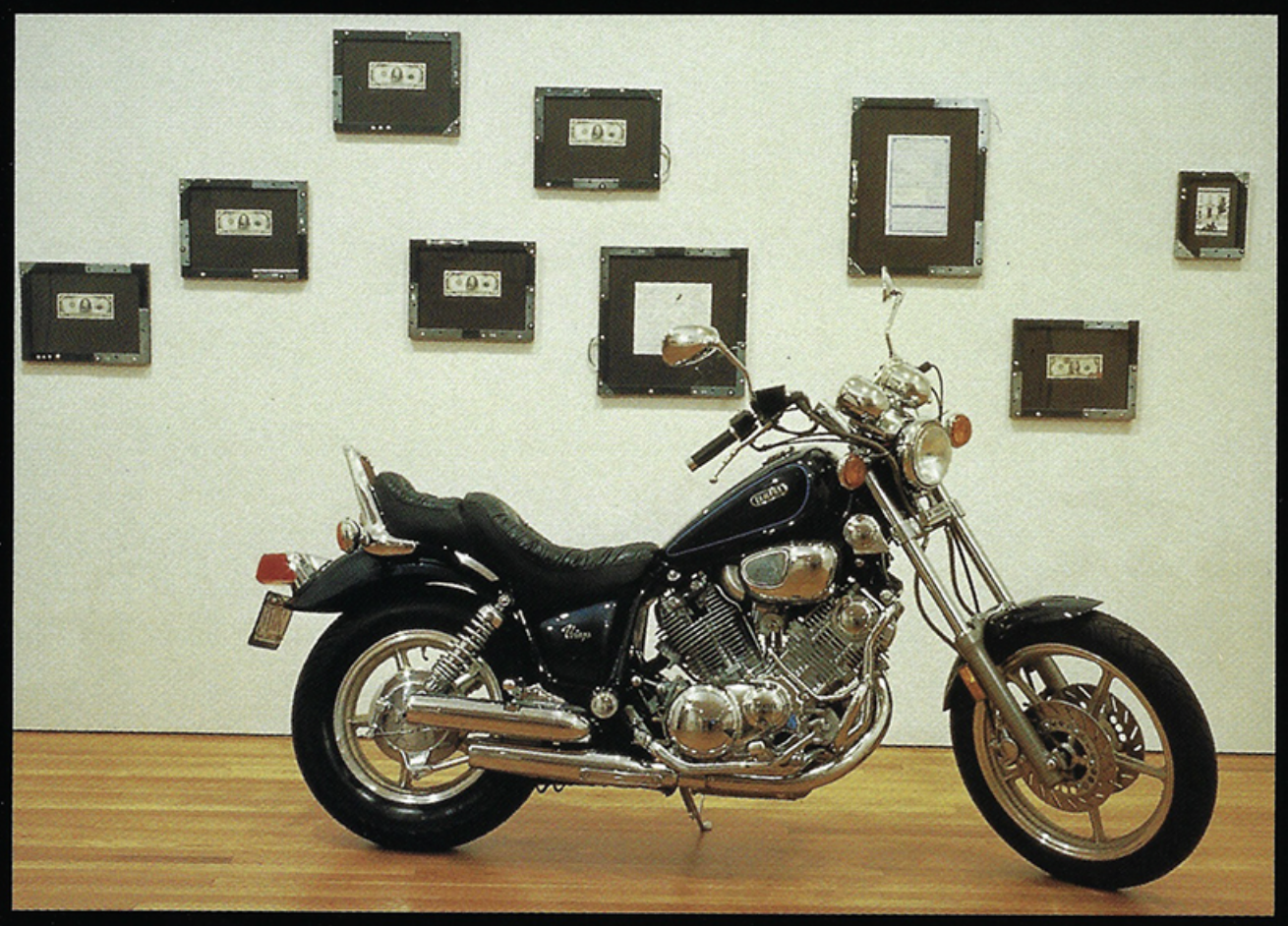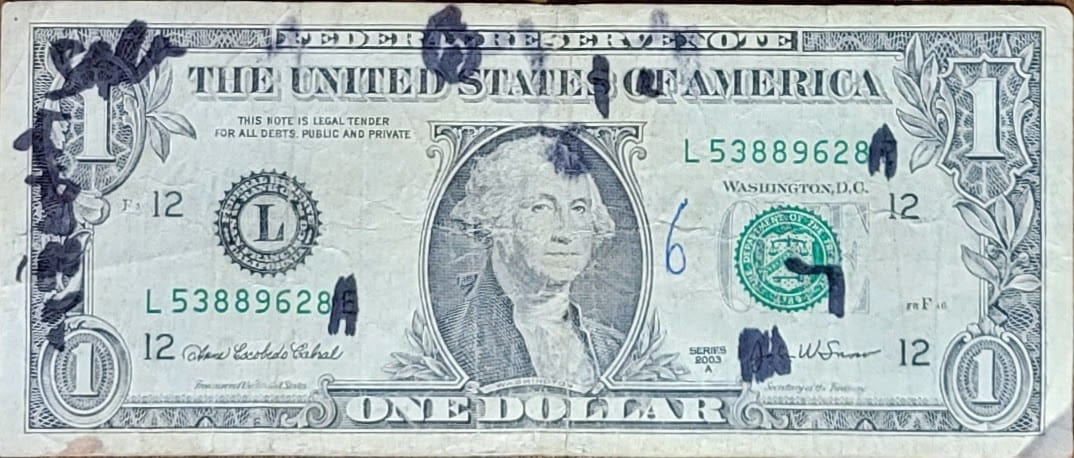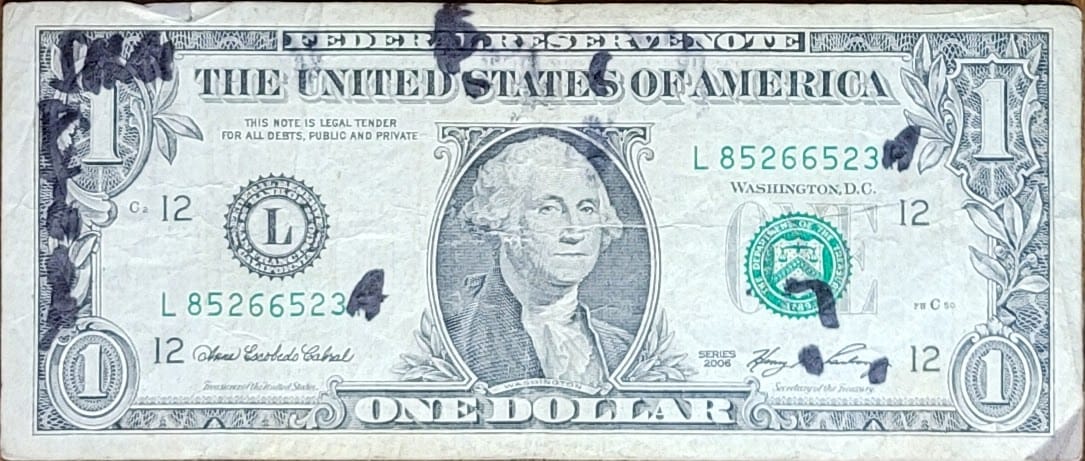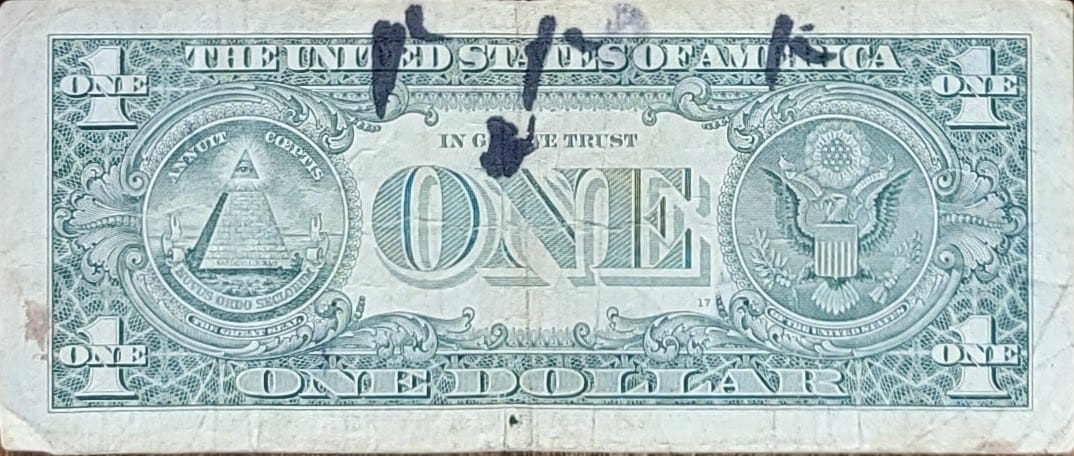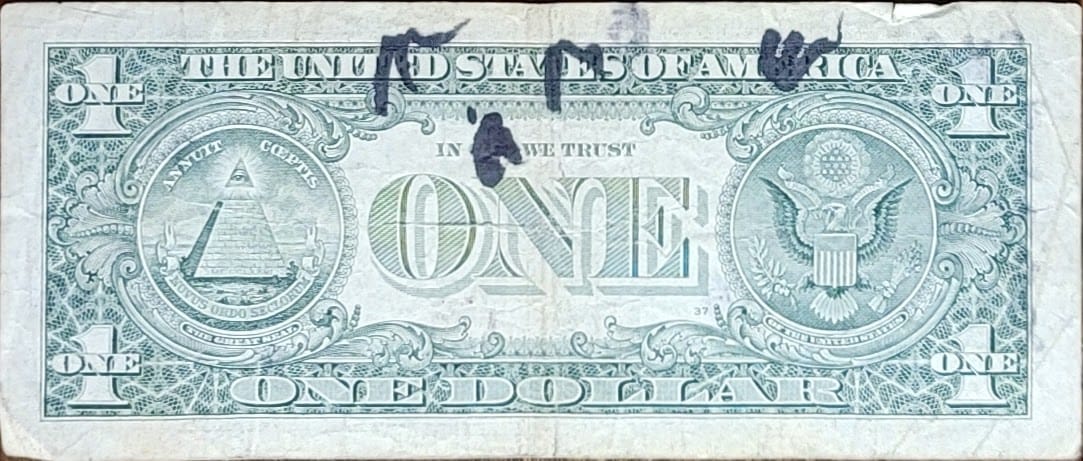I've been a fan of Lem Dobbs since around 1987 or '88, back when he was known throughout Hollywood for writing Edward Ford, which many consider to be the greatest unproduced screenplay of all time. That script is one of the first things I sought when I got on the internet in the early 90s.
Today, Dobbs is likely best known as the writer of The Limey. Steven Soderbergh directed the film and Terance Stamp starred in it. I believe it's not only a great "gangster picture," it's also Soderbergh's best and one of the most accurate film portrayals of memory.
If you have the chance to listen to Dobbs' commentary on The Limey DVD, I highly recommend it.
There's a notorious 90 second scene in The Limey, which you can watch here:
In the commentary, Dobbs uses this scene to highlight a problem with film critics — and perhaps the public's understanding of filmmaking in general.
Dobbs notes that the film's negative press often referred to it as "underwritten," while the positive press praised Soderbergh's "brilliant direction." Many of them cited this scene and how the camera waits outside, forcing the viewer to imagine what's happening inside while increasing the menace as Stamp's character approaches after exiting.
The irony is that the script was not underwritten. Soderbergh cut out much of what the critics wanted. Furthermore, in the screenplay, which Dobbs wrote years before Soderbergh was involved, Dobbs instructed the camera to remain outside:
A beat. We hear several SHOTS.
Seconds later, one of the Meat Puppets comes stumbling out of the door, terrified. He runs past us, fast.
A moment later, Wilson emerges, gun in hand.
WILSON: You tell him. You tell him I'm coming!
Dobbs took the blame for what Soderbergh changed and Soderbergh received credit for what Dobbs envisioned.
Such is the life of a Hollywood Screenwriter.
All this to alert you to this lengthy interview with Dobbs. Admittedly, not the prettiest website, but an interesting read nonetheless.
Anecdote Alert
For years, I used the name Dobbs as one of my heteronyms. Both Lem and I took the name from the same source: Humphrey Bogart's character in Treasure of the Sierra Madre. (Lem's birth name is Anton Kitaj. He is the son of painter, R. B. Kitaj.)
I have another very odd connection here. The scene in the clip above was filmed at the far end of this street in downtown Los Angeles:
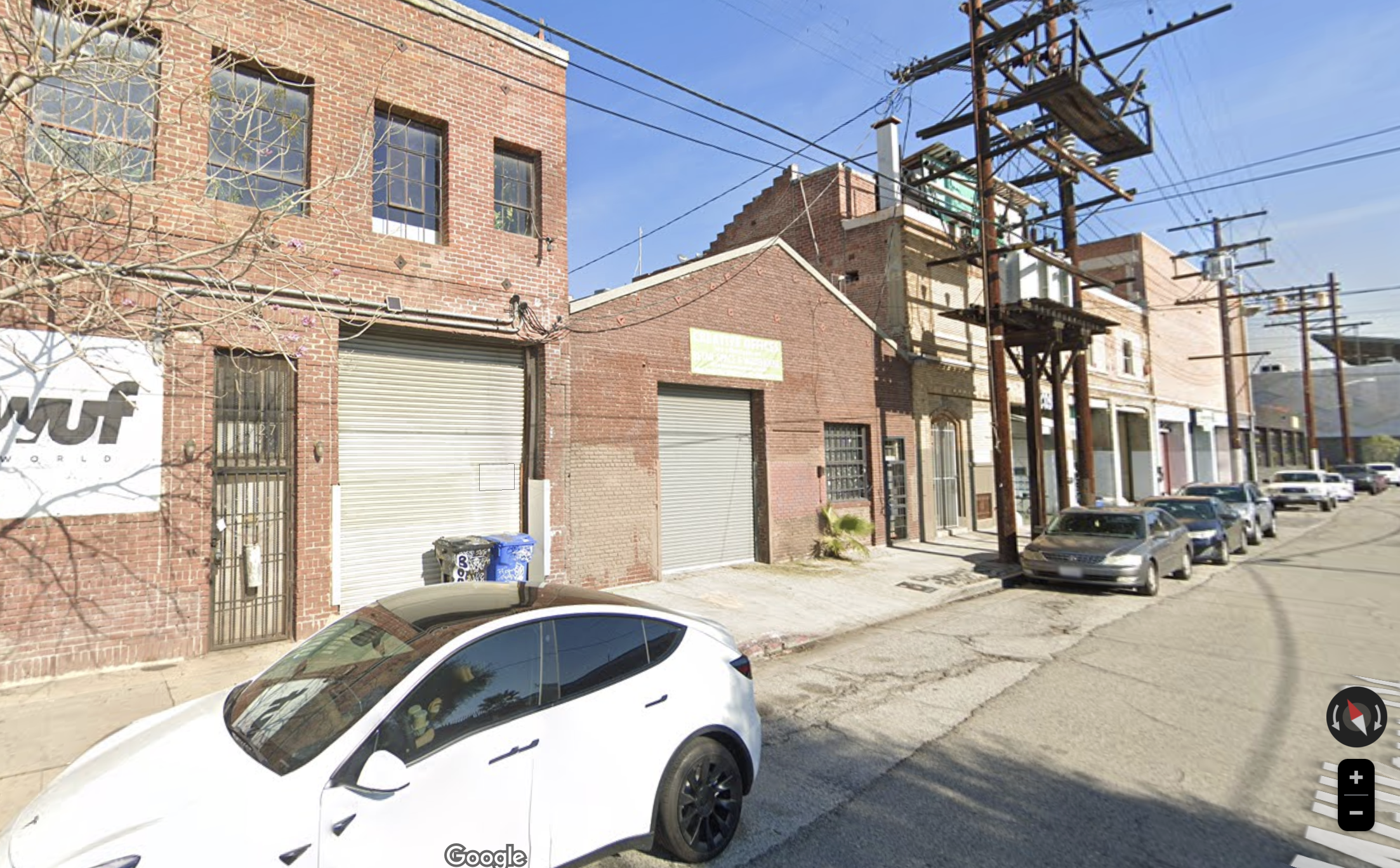
To get to it (just prior to the clip), Wilson walks past the building on the left, which happens to be owned by a friend of mine. I've spent a great number of American Thanksgivings there over the years — the best dinner parties I've been to in my life have all been in that building.
On one of the first trips I took after my stroke, I ended up crashed here while my friend was out of town filming the devastation of the Camp Fire in Paradise, California. Another friend of his, filmmaker Noaz Deshe, was also staying there at the same time. I have fond memories of deep discussions of film history with Noaz. What was particularly delightful is that they were the first signs that my memory wasn't completely shorted-out from the stroke — something that had been deeply troubling me. In particular, we had a mutual fondness for Miklós Jancsó's films, The Red and the Black, and Round Up (posters below). Good times.
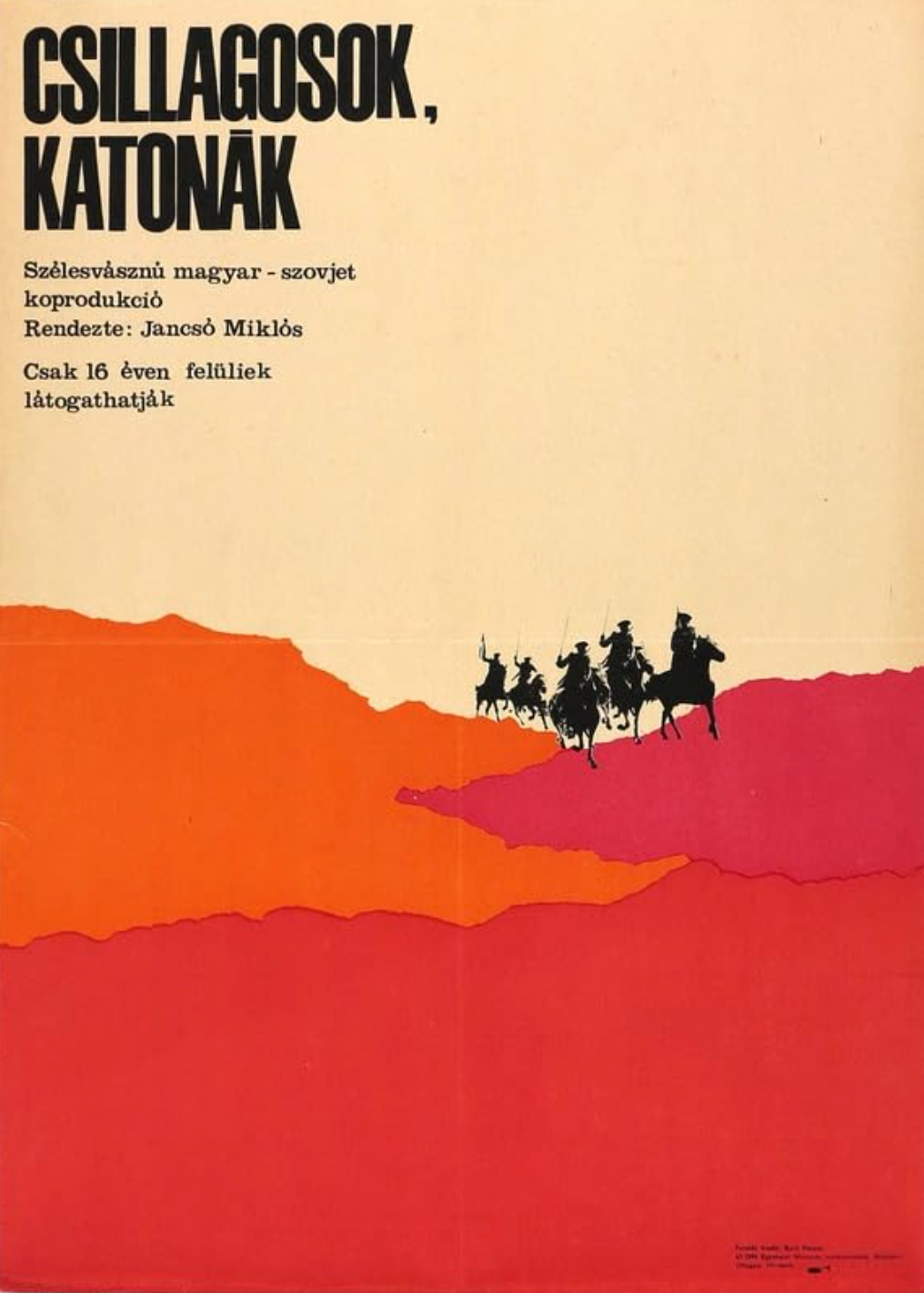
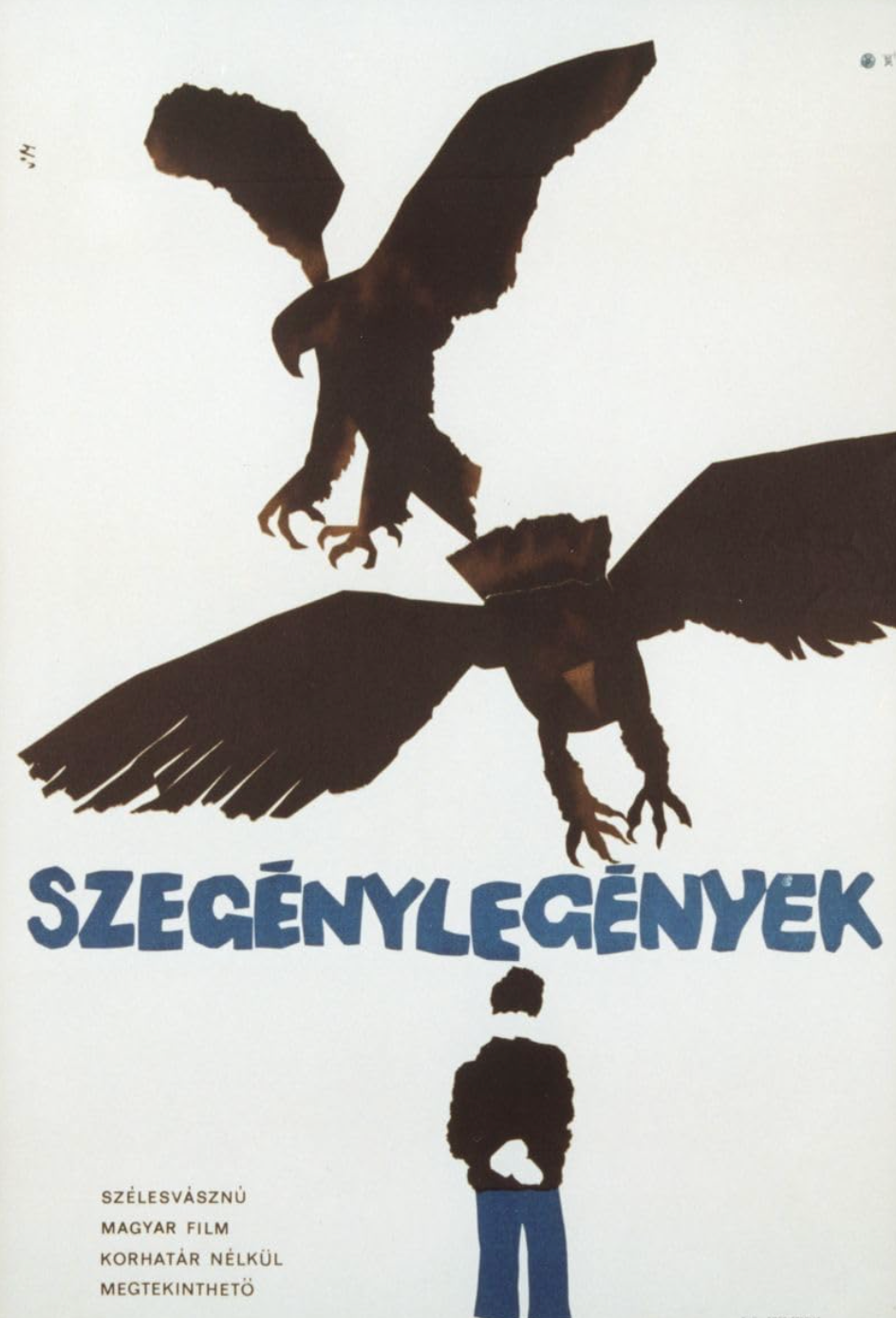
Footnotes
If you want to read the screenplay for The Limey, you can find a PDF here.
You can also get a PDF of Lem Dobbs' celebrated, unproduced script, Edward Ford.
If you're a fan of Terance Stamp, I recommend the audiobook for one of his memoirs: The Ocean Fell Into the Drop, which is unfortunately an Audible Exclusive.
